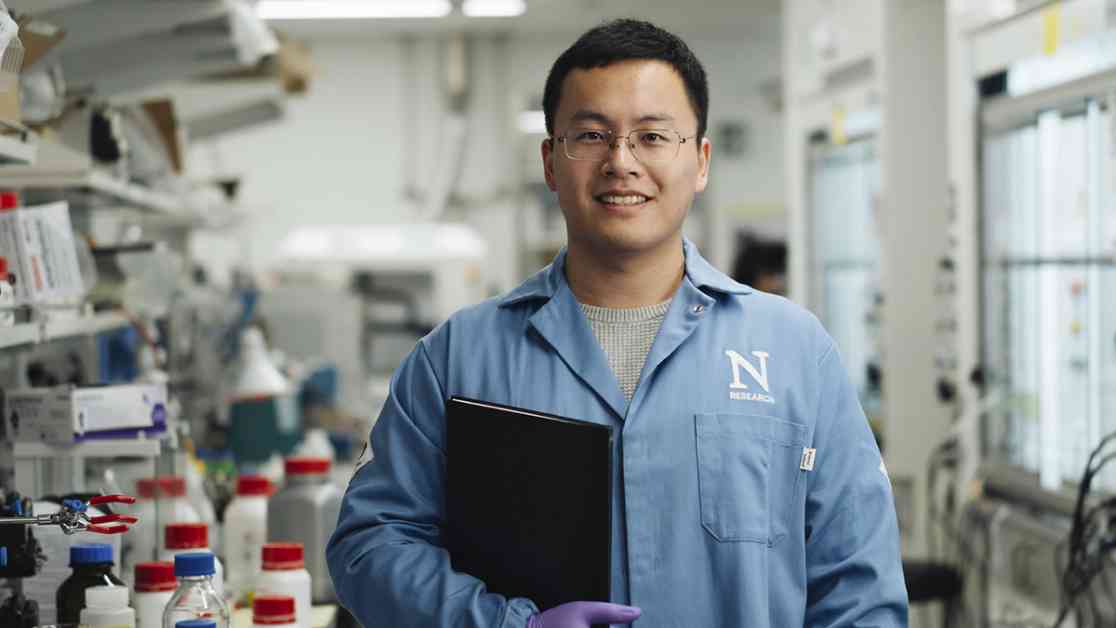Bin Chen, a 33-year-old research associate professor at Northwestern University, is making waves in the field of renewable energy. Leading a team of 30 individuals within an 80-member lab, Bin focuses on developing materials for renewable energy applications. Supported by the U.S. Department of Energy’s Solar Energy Technologies Office, Bin’s primary focus is on perovskite solar cells, a promising technology that can improve efficiency and reduce costs.
Bin’s journey into solar research began when he got his PhD in material science in Arizona, a place abundant in sunlight. He later joined a research group at the University of Toronto, led by Professor Ted Sargent, where he started working on perovskite-based solar cells in 2018. In 2022, Bin moved with Ted to Northwestern University, recognizing the opportunity to contribute to the U.S. renewable energy research landscape.
Renewable energy, according to Bin, is crucial for sustainable development and combating global warming. By utilizing renewable sources like solar energy, we can reduce carbon emissions and mitigate the impacts of climate change. Bin emphasizes the importance of transitioning to renewable energy to achieve a more sustainable future for generations to come.
Perovskite solar cells have shown remarkable progress in efficiency over the past decade, outperforming traditional silicon solar cells. Unlike silicon, perovskite solar cells can be produced at lower temperatures and costs, making them a more viable option for widespread adoption. Additionally, perovskite’s versatility in light absorption and potential for multijunction solar cells contribute to their appeal in the renewable energy sector.
Despite the advancements in perovskite technology, challenges remain in ensuring the reliability and stability of these solar cells. Research efforts are focused on addressing degradation mechanisms and improving operational lifetimes to meet industry standards. By conducting rigorous testing under various conditions, researchers aim to enhance the durability and performance of perovskite solar panels.
Addressing concerns about lead content in perovskites, Bin explains that the levels are typically below regulatory thresholds in commercial products. While efforts are underway to develop lead-free alternatives, stability issues pose significant obstacles to their widespread use. Finding a balance between efficiency, reliability, and environmental impact is essential in advancing renewable energy technologies.
Looking ahead, Bin envisions a future where renewable energy sources like solar and wind play a central role in reducing carbon emissions and mitigating climate change. By prioritizing the adoption of renewable energy and investing in storage solutions, we can create a more sustainable energy landscape for future generations. Bin’s commitment to advancing renewable energy reflects a broader effort to address environmental challenges and build a cleaner, greener future.


